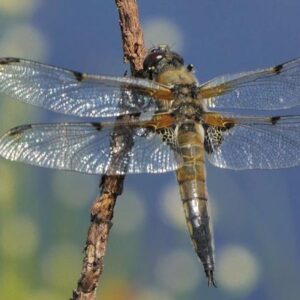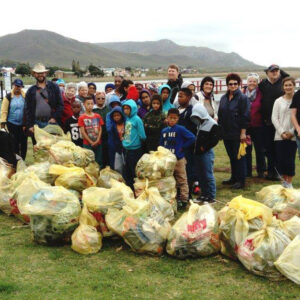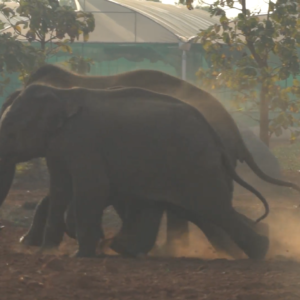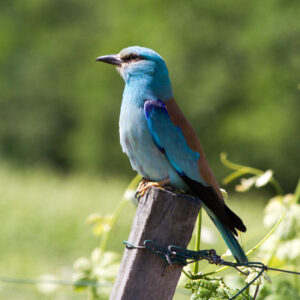
Dry meadows and
grasslands biodiversity
surveys in Switzerland
Dry meadow management in Switzerland
Flowers, butterflies, grasshoppers, reptiles, birds, insects, plants and small mammals: grasslands provide a habitat for more than 30% of all the living species in Switzerland.
However, 90% of these grasslands have disappeared since 1950 because of intensive agriculture, urbanization and scrub encroachment. The few remaining pastures need protection, but farmers lack time and need help. They are sometimes managed with cattle, and sometimes goats, to keep them free of shrubs and small trees. There’s a problem, though. If there’s too much livestock, the meadow is damaged from overgrazing and trampling; if we keep the number of animals down to preserve biodiversity, then the shrubs will take over the meadow.
For the last eight years, A Rocha Switzerland has been helping reverse the trend by organizing groups of volunteers to work with local farmers. It’s a great way for them to help practically in maintaining precious ecosystems, and have fun at the same time.
Quentin Kohler, Nature conservation projects manager for A Rocha Switzerland, says:
‘Careful manual management is necessary, and in the past the whole family and village neighbours used to help – but because of agricultural abandonment, now farms are larger, and farmers have less time. Our project tries to recreate the traditional model: we recruit small teams of volunteers to come once or twice a year, for a day or a few hours, and clear the shrubs. Everybody wins: the volunteers get a good day of clean air and outdoor exercise, the farmers are helped and dry meadow biodiversity is preserved!’
It is an ideal activity for local natural history groups, youth clubs, scouts, church groups and companies, who spend time outdoors helping with shrub clearance, selective mowing and creating small habitat structures to foster biodiversity. All materials, training and planning is provided by A Rocha Switzerland. University-level trainees help our own biologists with scientific monitoring to assess the impact of these interventions. Meanwhile, A Rocha Switzerland’s environmental education activities reach several hundred people each year. These include camps for children and teenagers (in partnership with other organizations) and a portable ‘eco-parable’ exhibition used at various environmental and Christian events.
Download the flyer ARCH-FLYER PPS-lowres (in French).
Please see this page (in French) for some images and comments on past events.
For the last eight years, A Rocha Switzerland has been helping reverse the trend through biodiversity surveys and habitat management. And in 2017 their work has been extended to wet meadows, where the team have removed invasive species like Canada goldenrod Solidago canadensis.

A Rocha Switzerland: Weaver’s Fritillary
Weaver’s Fritillary Boloria dia is a typical meadow butterfly at Bois de Chênes, but is now endangered in Switzerland. A Rocha Switzerland is monitoring the population trends for these dainty butterflies and other meadow invertebrates. (Photo: Steve Tanner)
Get our email updates
We would love to keep you updated by email with new videos and inspiring stories from around the world, as well as opportunities to get involved and make a difference.
Get our email updates
We would love to keep you updated by email with new videos and inspiring stories from around the world, as well as opportunities to get involved and make a difference.


